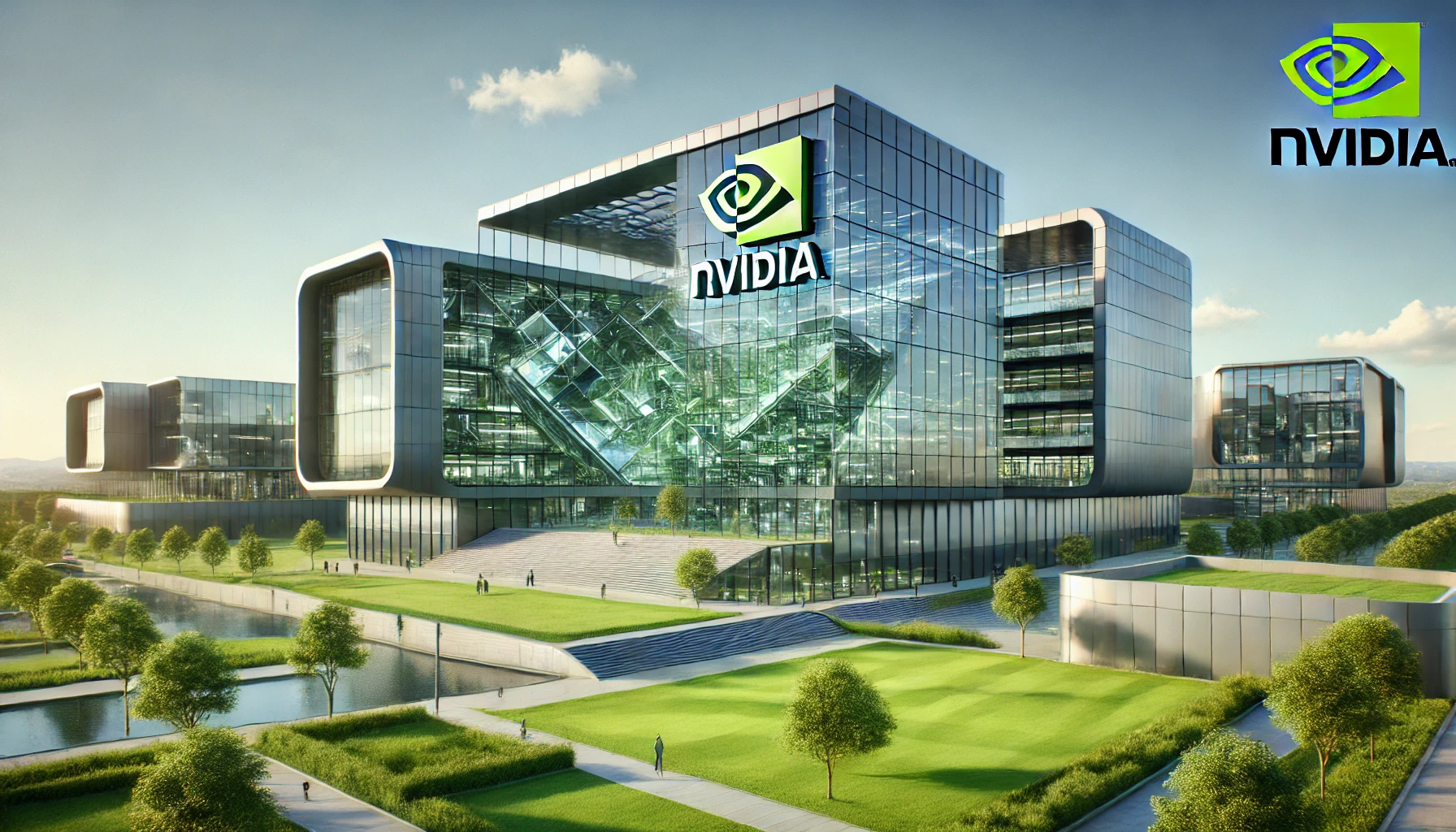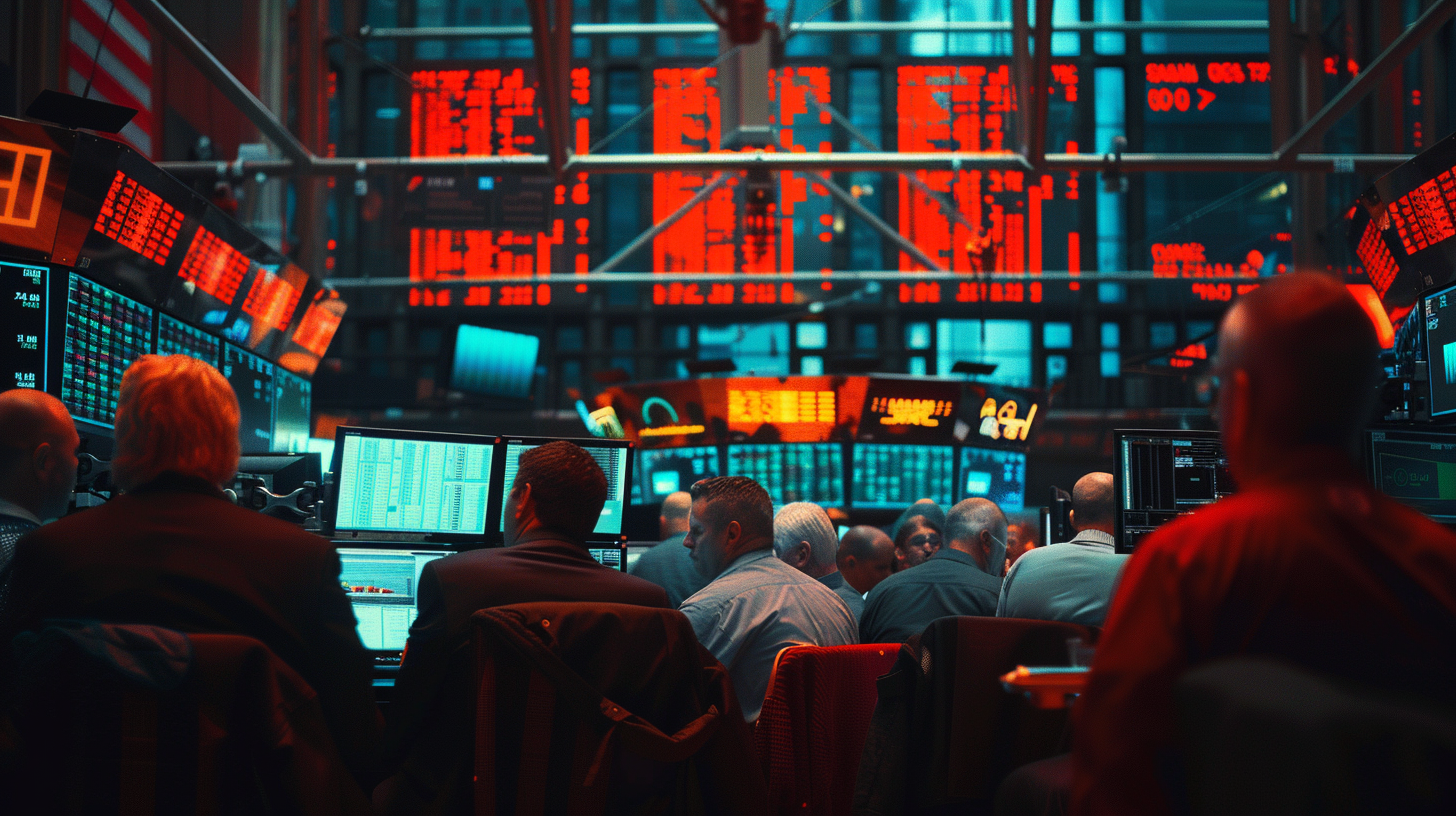| Key Points: – DeepSeek’s cost-effective AI model challenges U.S. tech giants, raising doubts about massive AI spending. – The R1 model, developed for under $6 million, rivals OpenAI’s ChatGPT, sparking investor concerns. – Wall Street reacts sharply, with major tech stocks like Nvidia and Microsoft experiencing significant drops. |
The AI revolution, which has captivated Wall Street and reshaped the tech landscape, is facing a new challenge. DeepSeek, a Chinese AI startup, has emerged as a formidable competitor to U.S. tech giants, sparking concerns about the future of American AI leadership. With its cost-effective and high-performing AI model, DeepSeek is not only disrupting the market but also forcing investors to rethink the exorbitant spending habits of Silicon Valley.
DeepSeek’s R1 model, released in late January 2025, has quickly gained traction, topping iPhone download charts in the U.S. and rivaling OpenAI’s ChatGPT in performance benchmarks. What sets DeepSeek apart is its ability to achieve these results at a fraction of the cost. While OpenAI’s GPT models reportedly cost over 100 million to train, DeepSeek claims its breakthrough was developed for less than 6 million. This stark contrast has raised questions about the necessity of the massive investments being made by U.S. tech companies.
The implications of DeepSeek’s success are far-reaching. If cheaper alternatives can deliver comparable results, the current AI development process—built on expensive chips and vast amounts of data—could be upended. This has already sent shockwaves through Wall Street. Nvidia, a key player in the AI chip market, saw its stock drop by more than 12%, while other tech giants like Microsoft, Alphabet, and Amazon also experienced declines. The broader market felt the impact, with the Nasdaq Composite sinking 2.2% as investors grappled with the potential risks to tech’s growth trajectory.
The financial significance of prominent tech players weighed down the entire market. All three major indexes were in the red, with the tech-heavy Nasdaq Composite sinking 2.2%. A slowdown in tech also highlighted how reliant the broader market is on Silicon Valley to continue to deliver growth. Any risk to tech’s upward trajectory can have an outsize impact on Wall Street.
DeepSeek’s rise also underscores the complexities of the global tech race. Despite U.S. export controls on advanced chips designed to curb China’s AI progress, DeepSeek’s engineers managed to innovate using less advanced technology. This not only challenges the effectiveness of such restrictions but also highlights China’s growing ability to compete in the AI arena.
The global battle over tech supremacy has escalated in recent years, evolving into a key theme in foreign policy. Logistic shocks brought on by the Covid pandemic also underscored the importance of domestic supply chains and protecting access to key technology. The US has attempted to maintain its edge in advanced tech by banning the export of certain goods in the interest of national security. Cutting edge GPU semiconductors, the kind used in building out advanced AI tools, are among the the technologies that American firms are restricted from selling to China.
But the early success of DeepSeek, which was purportedly developed for mere millions, indicates its engineers were able to essentially circumvent those restrictions by working with less advanced technology. The export controls were designed to prevent or slow China’s AI progress. But in forcing Chinese technologists to work without the most cutting-edge tools, a foreign competitor managed to develop a far cheaper and perhaps more innovative model.
As Wall Street reevaluates the AI spending boom, DeepSeek’s emergence serves as a reminder that innovation doesn’t always come with a hefty price tag. The question now is whether U.S. tech giants can adapt to this new reality or if they risk being outpaced by more cost-efficient competitors.













